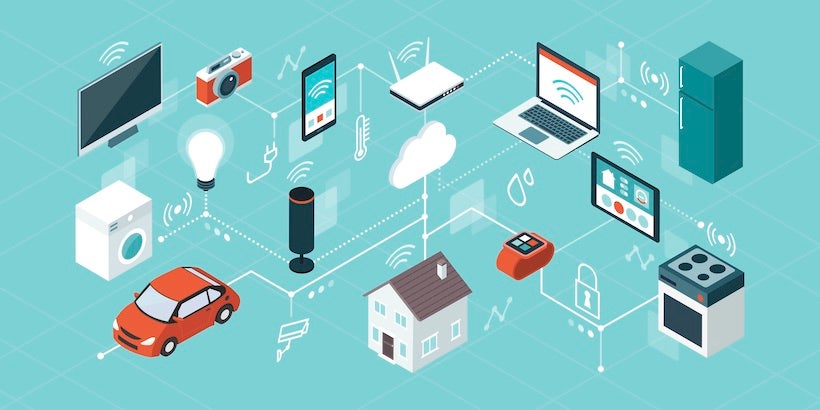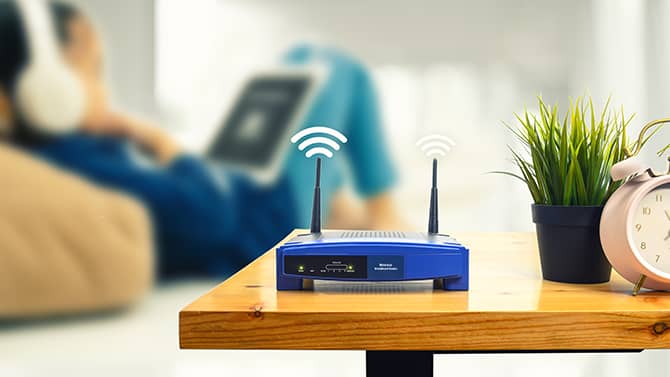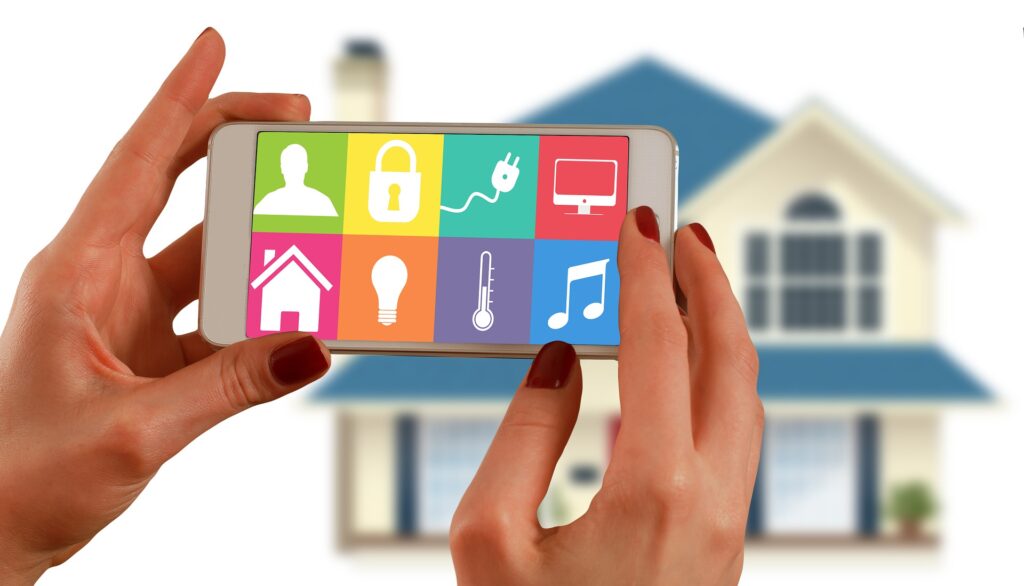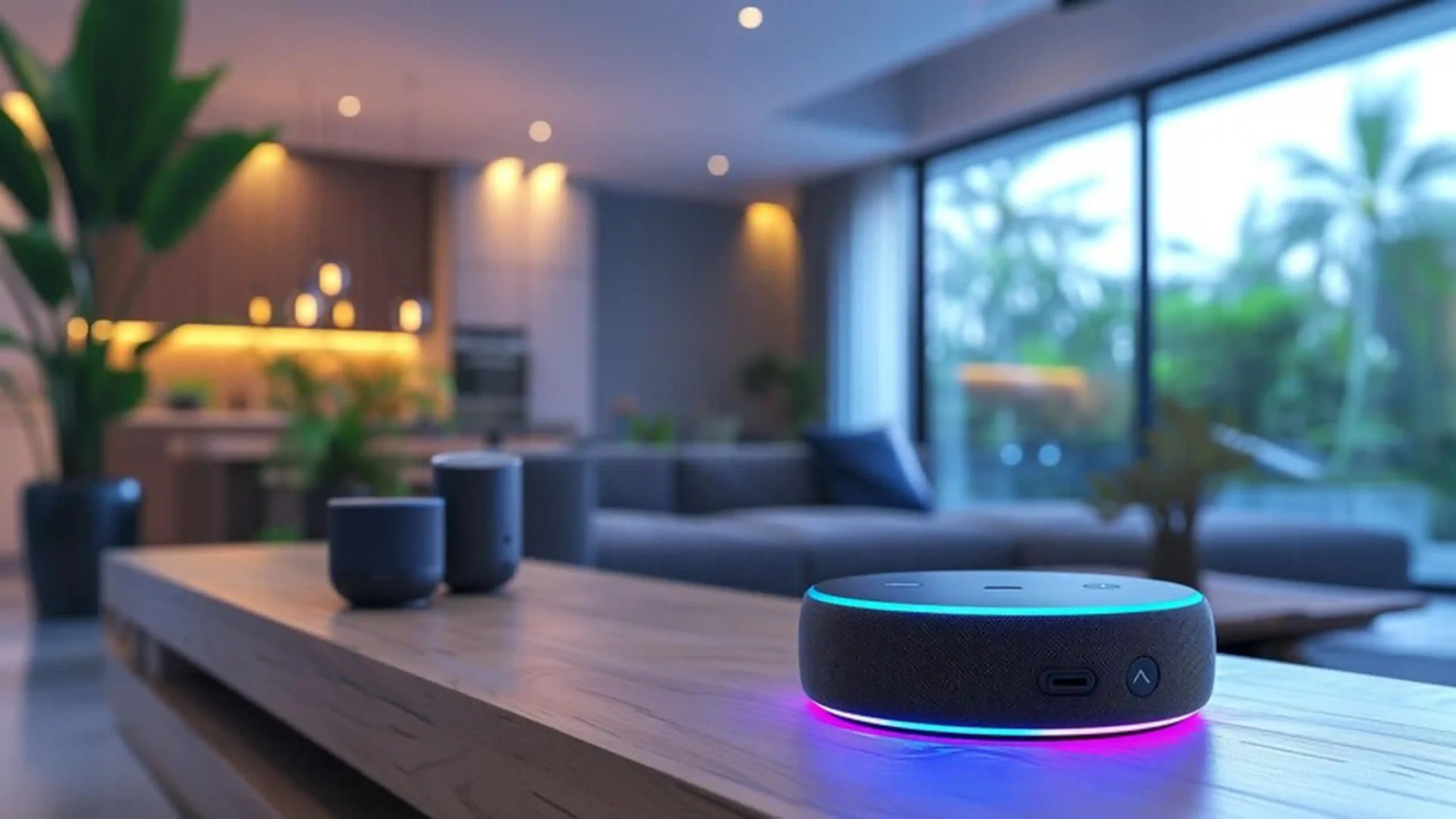How to Secure Your Smart Devices: Essential Tips for Protecting Your Home

In today’s digital age, How to secure your smart devices, smart devices have become integral to our daily lives, enhancing convenience and connectivity. However, with the increasing number of smart gadgets in our homes, the importance of securing these devices cannot be overstated. From smart thermostats to security cameras, these devices often collect personal data, making them attractive targets for cybercriminals. This article will provide essential tips on how to secure your smart devices, ensuring your home remains safe and your privacy intact.
Understanding Smart Device Vulnerabilities

Smart devices come with numerous benefits, but they also present certain vulnerabilities. Common issues include outdated software, weak passwords, and unsecured networks, which can expose your devices to cyber threats. Understanding these vulnerabilities is the first step in protecting your smart devices. As these gadgets connect to the internet and often communicate with each other, a single weak link can compromise your entire home network.
Essential Tips for Securing Smart Devices
Tip 1: Change Default Passwords
One of the most critical steps in securing your smart devices is to change default passwords. Manufacturers often set default usernames and passwords that are easy to find online, making it simple for hackers to gain access. Ensure that you create strong, unique passwords for each device, combining letters, numbers, and special characters. Avoid using easily guessed information, such as birthdays or common words.
Tip 2: Regular Software Updates
Keeping your devices updated is crucial for security. Manufacturers regularly release firmware updates to patch vulnerabilities and enhance functionality. Make it a habit to check for updates frequently or enable automatic updates if available. This ensures that your devices have the latest security features, minimizing the risk of exploitation by cybercriminals.
Tip 3: Enable Two-Factor Authentication (2FA)
Two-factor authentication (2FA) adds an extra layer of security to your devices. This feature requires not only a password but also a second form of verification, such as a text message or authentication app code. By enabling 2FA on your smart devices, you significantly reduce the chances of unauthorized access, even if your password is compromised.
Tip 4: Use a Secure Wi-Fi Network

Your home Wi-Fi network is the backbone of your smart devices’ connectivity. To secure your network, ensure you are using a strong password and the latest encryption method, such as WPA3. Regularly change your Wi-Fi password and avoid using easily guessed phrases. It’s also wise to disable features like WPS (Wi-Fi Protected Setup), which can be exploited by attackers.
Tip 5: Create a Separate Network for Smart Devices
For added security, consider creating a separate network for your smart devices. This isolates them from your primary network, which is connected to your personal devices like computers and smartphones. By segmenting your network, you minimize the risk of a security breach affecting your personal information. Most modern routers offer options for guest networks or the ability to create multiple SSIDs (Service Set Identifiers).
Tip 6: Be Cautious with Voice Assistants
Voice assistants like Amazon Alexa and Google Assistant can enhance your smart home experience, but they also raise privacy concerns. Be mindful of the data you share and the permissions you grant these devices. Regularly review your privacy settings, disable features you don’t use, and delete voice recordings if necessary to minimize data collection.
Tip 7: Monitor Device Activity
Regularly monitoring the activity of your smart devices can help you spot unusual behavior that may indicate a security breach. Many smart devices come with activity logs that allow you to track usage patterns. If you notice unfamiliar devices connected to your network or unusual activity, take immediate action to investigate and secure your devices.
Best Practices for Maintaining Security

Maintaining the security of your smart devices is an ongoing process. Regularly auditing your devices can help identify potential vulnerabilities. Ensure you are aware of the latest security threats and follow reputable tech news sources for updates. Education is vital; the more you know about security practices, the better equipped you will be to protect your home.
Conclusion
Securing your smart devices is essential in today’s interconnected world. By following these tips, you can protect your home from cyber threats and safeguard your personal information. Proactive security measures will not only enhance your safety but also provide peace of mind in a technology-driven lifestyle.
For more insights and tips on maintaining a secure and convenient lifestyle, check out Life Style Rule.

